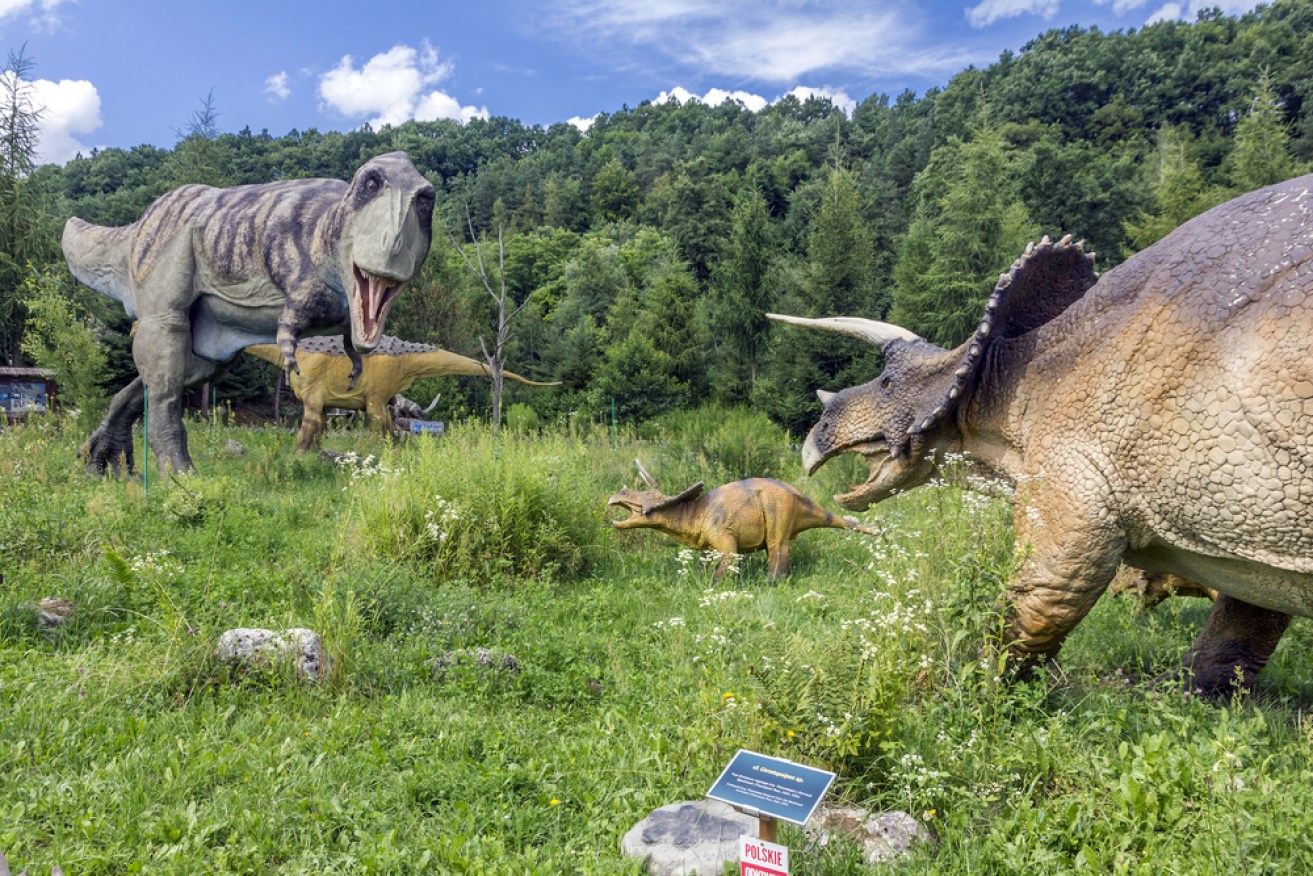
Why Jurassic World could never work

The answer to whether dinosaurs could be brought back is a "kind of yes”, but not like the movies, according to Flinders University's Professor John Long. Photo: Shutterstock
When the first Jurassic Park movie hit the silver screens in 1993, I cried. Never before had dinosaurs, those magnificent creatures of bygone days, been brought to life so realistically. It was a palaeontologist’s dream come true.
Jurassic Park and its sequels were huge hits, and dinophiles around the world are now anxiously awaiting the release of the next instalment, Jurassic World on June 4 this year.
These films give an impression that science might be really be capable of bringing back a living dinosaur. The latest outing goes even further than the previous films, where only dinosaurs that once existed were recreated. Jurassic World is about the “genetically modified hybrid” dinosaurs.
But is this all really possible?
The answer is a kind of “yes”, but not in the same way that the Jurassic Park movies might suggest.
Can we ever find and use dinosaur DNA?
DNA is the building block of life. It’s the veritable blueprint for how cells divide, multiply and eventually build an organism’s body plan. We can clone genetically identical organisms from the DNA of a parent organism, including mammals such as Dolly the sheep.
When an organism dies, the soft tissues, including the DNA, break down and eventually are destroyed. But in some cases, parts of dead animals and plants are buried and preserved as fossils. And in very rare cases soft tissues of fossils can be preserved.
In some cases parts of the DNA can be extracted from well-preserved fossils, as in the recent case of two extinct Australian fossil kangaroos, whose DNA was dated between 40,000 to 50,000 years old.
In these cases only small sections of the extremely long DNA molecule are ever found. Although these short segments of fossil DNA can often give us valuable information about the relationships of the extinct animal to its living relatives, they are far too fragmentary to ever give us the full picture of the animal’s genome.
John Long is Strategic Professor of Palaeontology at Flinders University. You can read the rest of his article in The Conversation.




